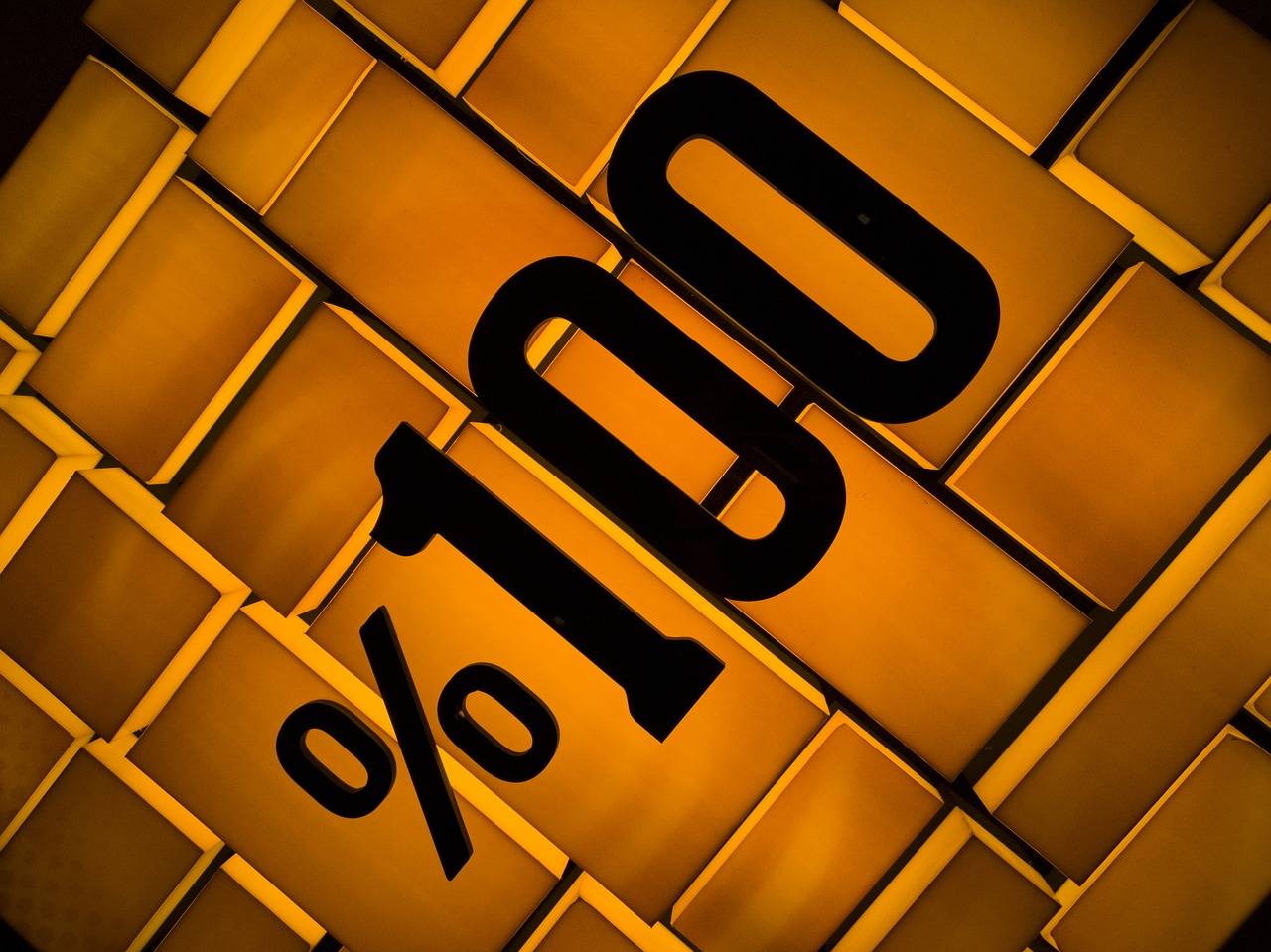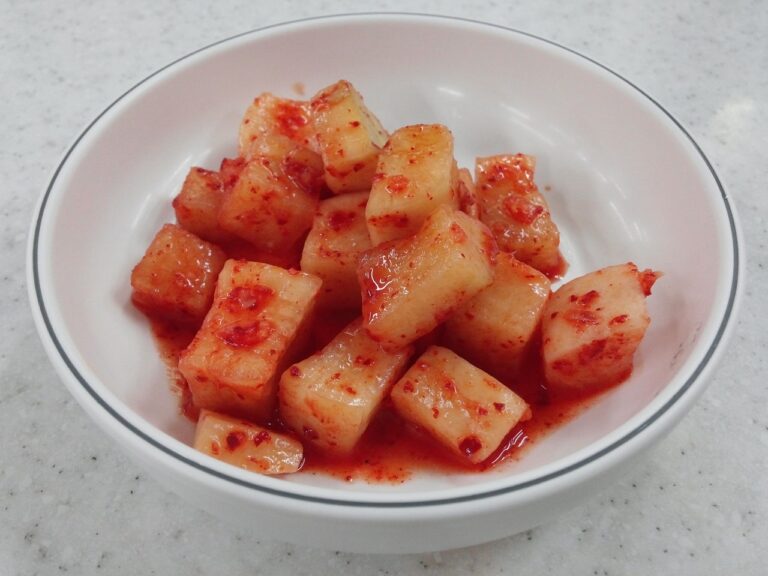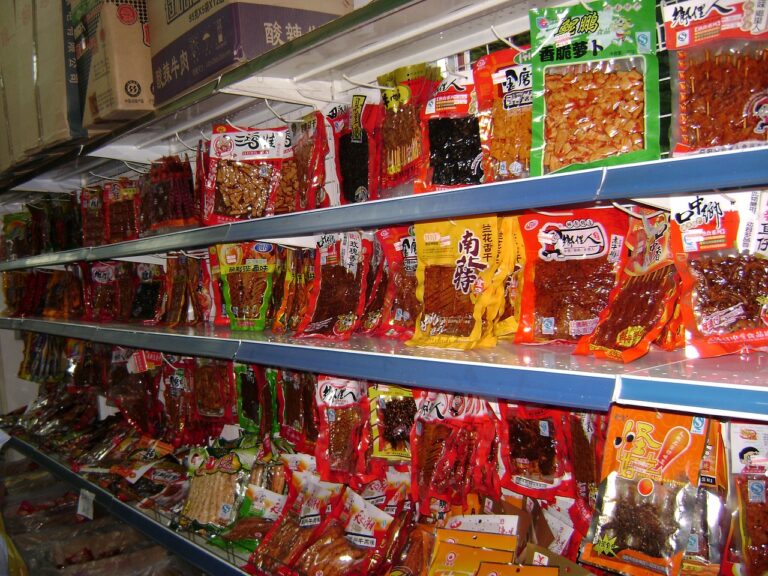Sustainable Packaging Solutions: Eco-Friendly Alternatives to Plastic
Biodegradable packaging offers a sustainable solution to reducing environmental impact. By using materials that can easily break down into natural components, companies can help minimize the amount of waste ending up in landfills. This eco-friendly option also helps to decrease the overall carbon footprint of products, contributing to a healthier planet.
In addition, biodegradable packaging can serve as a marketing tool for businesses looking to appeal to environmentally-conscious consumers. Showing a commitment to sustainability can attract customers who prioritize eco-friendly practices in their purchasing decisions. By opting for biodegradable packaging, companies not only demonstrate their dedication to environmental responsibility but also differentiate themselves in the marketplace.
Types of Eco-Friendly Packaging Materials
Eco-friendly packaging materials come in various forms, each offering unique environmental benefits. One commonly used material is recycled cardboard, which is not only biodegradable but also helps reduce the demand for new paper production. Another popular option is bioplastic, derived from renewable sources like cornstarch or sugarcane, making it a sustainable alternative to traditional plastics.
In addition to cardboard and bioplastics, another eco-friendly material gaining traction in the packaging industry is mushroom packaging. This innovative material is made from mycelium, a natural substance found in fungi, making it fully compostable and biodegradable. Mushroom packaging offers excellent protective properties while also promoting sustainability and reducing waste in packaging production processes.
What are the benefits of using biodegradable packaging?
Biodegradable packaging helps reduce the amount of waste in landfills and oceans, minimizes the use of harmful chemicals, and decreases the carbon footprint of the packaging industry.
What are some types of eco-friendly packaging materials?
Some common types of eco-friendly packaging materials include recycled paper, biodegradable plastics, compostable packaging, and sustainable alternatives like bamboo or hemp-based materials.
How can I ensure that the packaging materials I choose are truly eco-friendly?
Look for certifications such as FSC (Forest Stewardship Council) for paper products, ASTM D6400 for compostable materials, and labels indicating biodegradability or recyclability to ensure that the packaging materials meet specific environmental standards.
Are eco-friendly packaging materials more expensive than traditional packaging materials?
While eco-friendly packaging materials may have a slightly higher upfront cost, the long-term benefits such as reduced waste disposal fees and improved brand reputation often outweigh the initial investment.
Can I customize eco-friendly packaging materials for my business?
Yes, many suppliers offer customizable eco-friendly packaging options, allowing you to tailor the design, size, and material to meet your specific branding and packaging needs.





